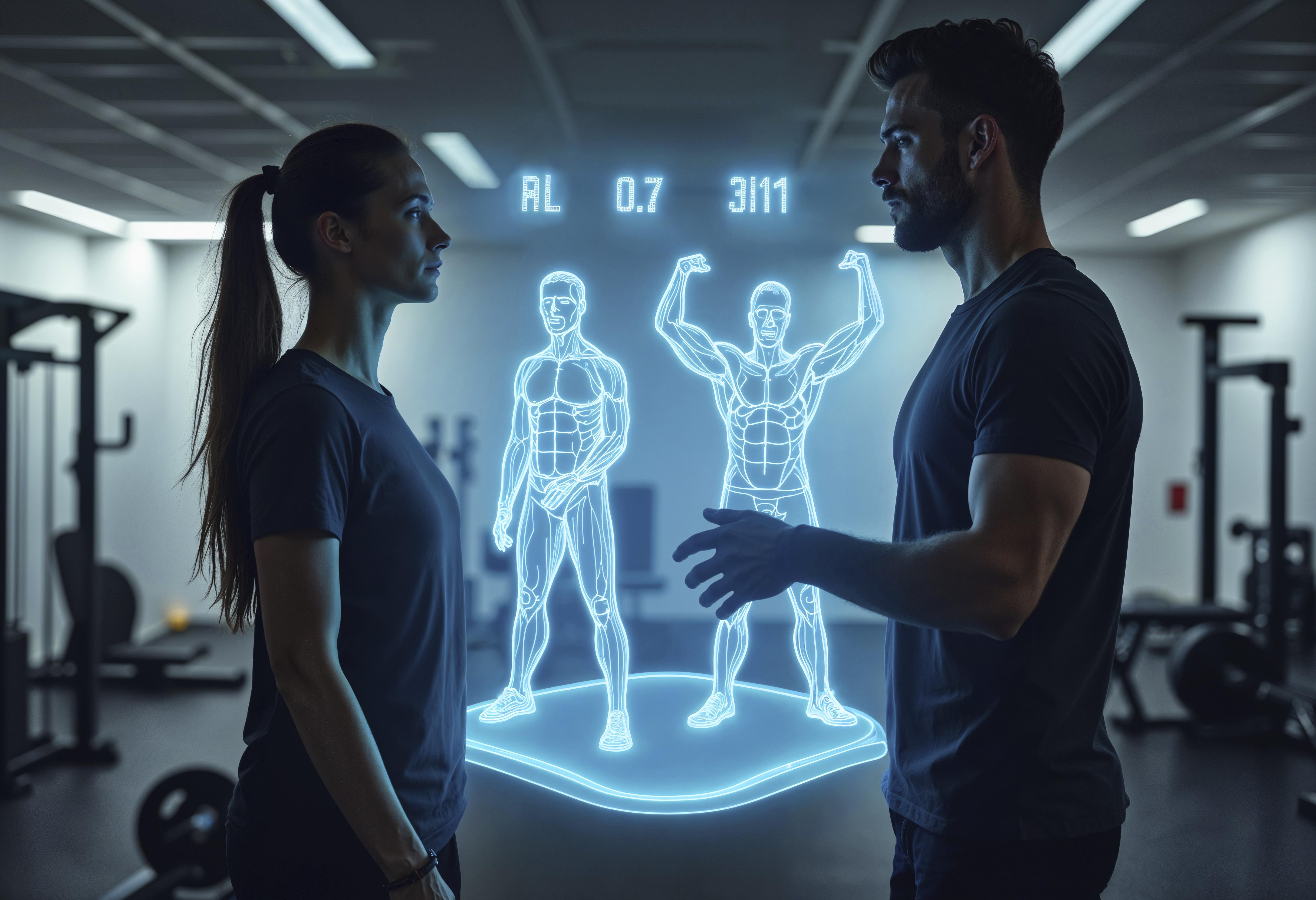What are anabolic steroids?
Anabolic-androgenic steroids (AAS) are performance-enhancing drugs (PEDs) designed to mimic the effects of the male hormone testosterone. They act on the body in two ways:
- The anabolic effect stimulates muscle growth and accelerates recovery from injury.
- The androgenic effect contributes to the development of typically male traits, such as a deepening voice and facial hair.
AAS were originally developed to treat hormonal disorders and, more recently, have been used to treat muscle loss caused by diseases such as cancer, severe burns, and AIDS.
Thanks to their ability to enhance muscle growth and performance, the non-medical use of AAS has become popular among athletes. Over time, their use has expanded beyond athletics, influenced in part by societal expectations regarding body ideals.
While many people use AAS to improve their appearance or performance, some also use them to combat aging or hormonal issues.
Anabolic androgenic steroids (AAS) are often referred to as "steroids," but they differ from other types of steroids, such as corticosteroids, which are used to treat inflammation. Although they share some chemical similarities, their modes of action and uses differ.
On this page, the term "steroid" refers specifically to anabolic androgenic steroids.
How do anabolic steroids work?
How do anabolic steroids work in the body are synthetic derivatives of testosterone, a hormone responsible, among other things, for muscle growth (anabolic effect) and the development of male sexual characteristics (androgenic effect).
Anabolic steroids act in several ways in the body:
- During weight training, tiny micro-tears form in muscle fibers. In response, testosterone stimulates the creation of new, larger muscle fibers. Anabolic steroids tend to exaggerate this reaction due to the high doses used.
- Anabolic steroids stimulate the production of growth hormone (GH), which in turn stimulates the production of IGF-1. IGF-1 has growth-stimulating effects on almost all cells in the body, particularly skeletal muscle, cartilage, and bone.
- Intense exercise releases cortisol, the stress hormone, which breaks down muscle tissue. Anabolic steroids inhibit this breakdown, resulting in a general anabolic effect.
- Anabolic steroids have been shown to increase oxygen uptake and cardiac output.
- Anabolic steroids can also improve athletic performance by increasing aggression.
Types of Anabolic Steroids
There are two main types of anabolic steroids (trusted source): 17-alpha-alkylated derivatives and 17-beta-ester derivatives. Several commercially available anabolic steroids (AAS) fall into these categories.
Some AAS have solely medicinal uses, such as testosterone undecanoate (Nebido). Oxymetholone (Anadrol) is an example of a steroid with both medicinal and performance-enhancing uses.
Others, such as nandrolone (Anadrol), have no therapeutic use but are used by athletes.
People choose different types of steroids for different purposes, such as:
- Steroids to increase muscle mass
- Steroids for physical performance (strength and endurance)
- Steroids for weight loss (fat burning)
Other reasons for use may include healing, recovery, and improving metabolism.
Medical Uses of Anabolic Steroids
Healthcare professionals use certain types of steroids as part of medical treatments. For example, corticosteroids can help people with asthma breathe by reducing airway inflammation.
Anabolic steroids (AAS) are not a common treatment. However, doctors may prescribe testosterone for the following conditions:
- Hypogonadism (testosterone deficiency)
- Delayed puberty
- Klinefelter syndrome (a person has two or more X chromosomes and one Y chromosome)
In the United States, anabolic steroids (AAS) are Schedule III controlled substances (trusted source) and are available by prescription only. Their use is legal only with a doctor's prescription.
Side Effects of Anabolic Steroids
The side effects of AAS depend on the product, the individual's age and gender, as well as the amount and duration of use.
Legally prescribed anabolic steroids at normal doses can cause the following side effects (reliable source):
- Acne and blisters
- Difficulty or pain when urinating
- Gynecomastia (breast enlargement)
- Decreased HDL (good) cholesterol and increased LDL (bad) cholesterol
- Low sperm count and infertility
- Changes in libido
- Gingivitis and oral irritation
- Mood disturbances
Regular follow-up appointments and blood tests will be performed to detect possible side effects.
Frequently Asked Questions About Anabolic Steroids
What are anabolic steroids primarily used for?
In the United States, between 3 and 4 million people use anabolic steroids without a prescription for non-medical purposes. These are the most common appearance and performance enhancing drugs (AEDs).
Are anabolic steroids safe?
Doctors prescribe anabolic steroids to promote the development of skeletal muscle and male sexual characteristics in conditions such as low testosterone levels (male hypogonadism), certain cancers, or acquired immunodeficiency syndrome (AIDS).
For more information visit our site:- Steroidsstores



